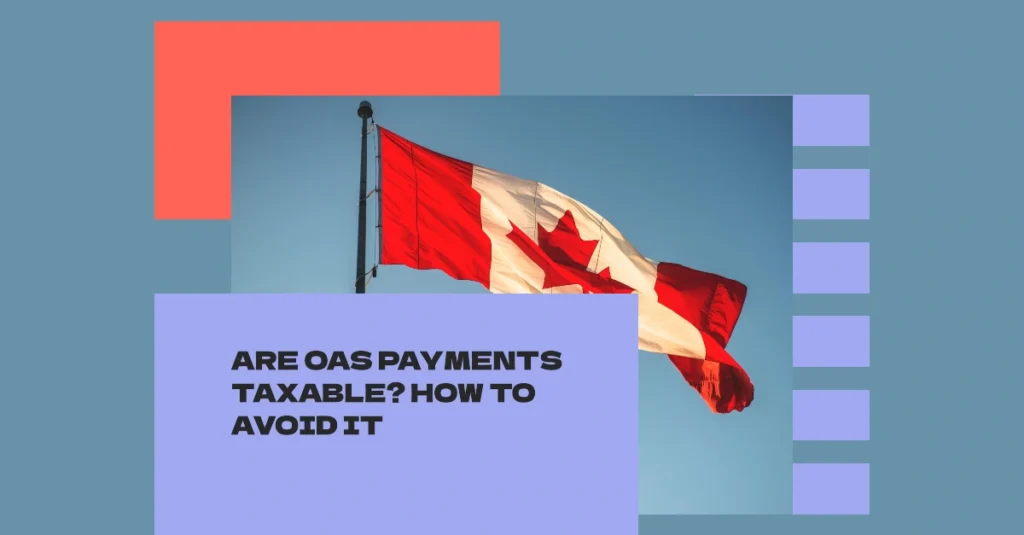If you’re nearing retirement or currently planning for it, understanding Old Age Security (OAS) is essential. This Canadian government program provides monthly payments to eligible individuals to help support their income. In this article, we’ll cover who qualifies for OAS, how the payments work, and the OAS payment schedule for 2024.
Overview of Old Age Security (OAS)
Old Age Security (OAS) is a pension program run by the Canadian government. It aims to support people aged 65 and older by providing regular financial assistance. This is one of the sources of income for seniors, alongside the Canada Pension Plan (CPP) and personal savings. Both CPP and OAS payments are issued on the same dates, making it easier for seniors to manage their finances.
OAS Payment Schedule for 2024
Here are the payment dates for OAS in 2024:
- October 29, 2024
- November 27, 2024
- December 20, 2024
Funding for OAS
The Old Age Security program is entirely funded by the federal government. Canadians do not contribute directly to this fund through deductions from their income, making it a vital source of support for many seniors.

Who Can Receive OAS?
To qualify for OAS, you need to meet specific requirements:
- You must be 65 years or older.
- You must be either a Canadian citizen or a legal resident of the country.
- The number of years you have lived in Canada also affects eligibility. If you are currently living in Canada, you need to have resided in the country for at least 10 years after the age of 18. If you live outside of Canada, the requirement extends to 20 years.
Enrolling in OAS
In most cases, enrollment in the OAS program happens automatically. You should receive a letter in the mail the month after you turn 64 confirming your enrollment. However, if you don’t receive any notification, you may need to apply manually by submitting a form to Service Canada. Applications can be done online or via a paper form.
Additional benefits may be available depending on your circumstances, such as if you are widowed or if your spouse qualifies for the Guaranteed Income Supplement (GIS).
How Much Will You Receive in OAS?
OAS payments are adjusted every quarter (January, April, July, and October) to keep up with inflation. The amount you can expect to receive depends on several factors:
- Years Lived in Canada: If you have lived in Canada for 40 years or more after turning 18, you may qualify for the maximum OAS benefit. However, partial OAS benefits are available if you meet the minimum residency requirement of 10 or 20 years, depending on whether you live inside or outside Canada.
- Starting Age: While you can start receiving OAS at 65, you can also delay the payments for up to five years. By delaying, you can increase your monthly payments by 0.6% for each month you defer. For instance, if you start receiving OAS at 70, your payments could be up to 36% higher.
- Your Income: If your net income exceeds a certain limit, some or all of your OAS payments might be subject to clawback, meaning you’ll need to repay a portion through the pension recovery tax.
Should You Delay OAS Payments?
Whether or not to delay your OAS payments depends on your personal circumstances. If you expect to continue working after 65 or have other sources of income, delaying OAS may be a good option to increase your monthly payments. However, delaying beyond the age of 70 doesn’t offer any further advantages, so it’s important to start receiving payments by then.
$650 CRA Weekly Employment Insurance Oct 2024
1200 Month for Retired Seniors Know Eligibility Payment Dates Fact Check
$4800 CRA Payment Oct 2024: Eligibility, Deposit Date & Facts
Are OAS Payments Taxable?
Yes, Old Age Security payments are considered taxable income. You can choose to have taxes automatically deducted from your payments or make quarterly tax payments to avoid a large tax bill at the end of the year.
OAS Clawbacks
If your income exceeds a certain amount, you may be required to repay part or all of your OAS benefits. This is known as the OAS clawback or pension recovery tax. The clawback is applied when your annual net income exceeds a set threshold. The repayment is calculated at 15% of the income over the threshold.
For instance, if your income for the year is above $86,912 (as of 2023), you’ll start paying back part of your OAS. The higher your income, the more you’ll need to repay. Once your income exceeds the maximum threshold, you could end up repaying the entire OAS amount.
How to Avoid OAS Clawbacks
There are strategies to minimize or avoid OAS clawbacks, such as pension income splitting with a spouse or managing withdrawals from your retirement funds to stay within the income threshold. Consulting a financial advisor can help you find ways to reduce your taxable income and avoid clawbacks.
Guaranteed Income Supplement (GIS)
The GIS is an additional benefit for low-income seniors who qualify for OAS. This non-taxable payment is available to those whose annual income falls below a certain threshold. For single individuals, the threshold for 2024 is $21,768. For couples, the income threshold varies based on whether both partners are receiving OAS, and the maximum threshold can go up to $52,176 for certain cases.
You can apply for the GIS at the same time as you apply for OAS, and eligibility is reviewed each year based on your previous year’s income.
The Old Age Security program plays an important role in providing financial support to seniors in Canada. Understanding how the program works, who qualifies, and the factors that affect payment amounts can help you make informed decisions about your retirement plans. Whether you are planning to apply for OAS or are already receiving benefits, being aware of the details can help you maximize your retirement income.
